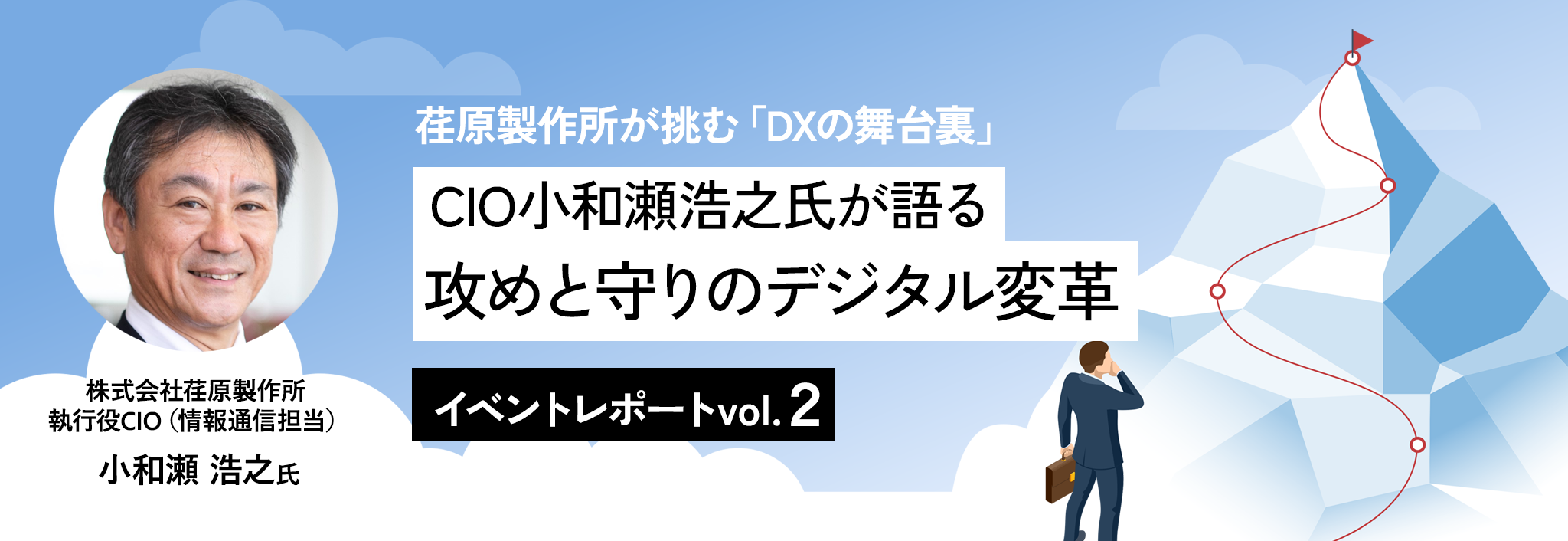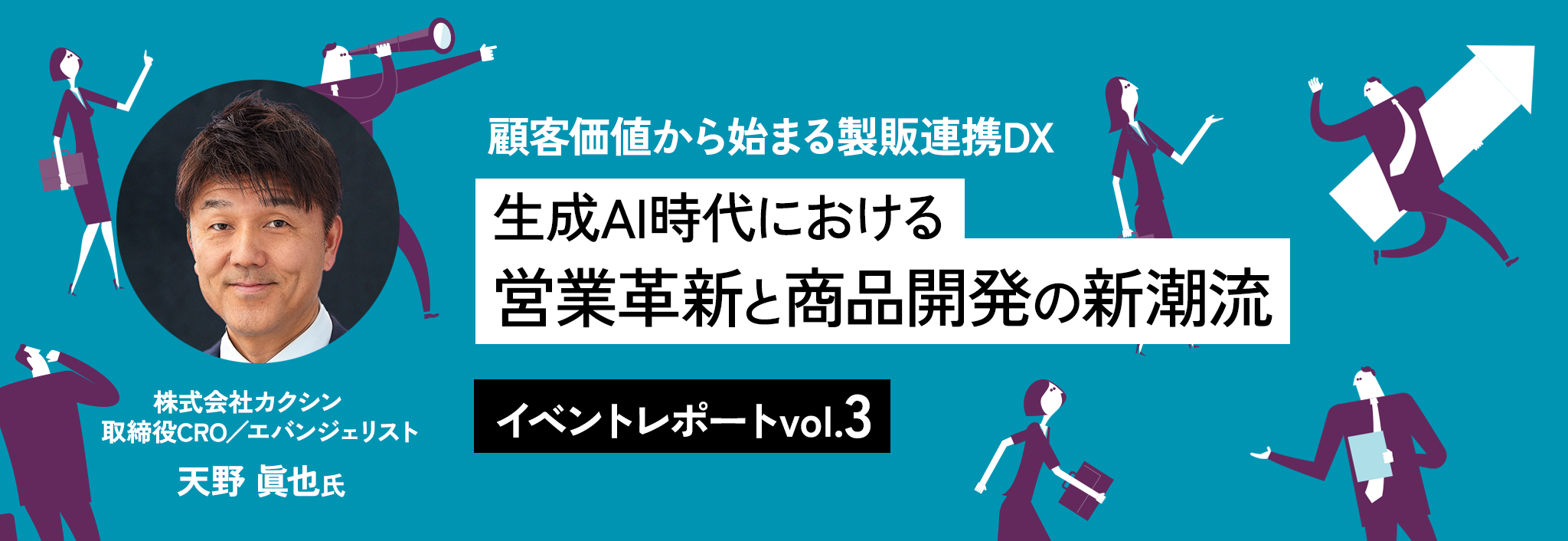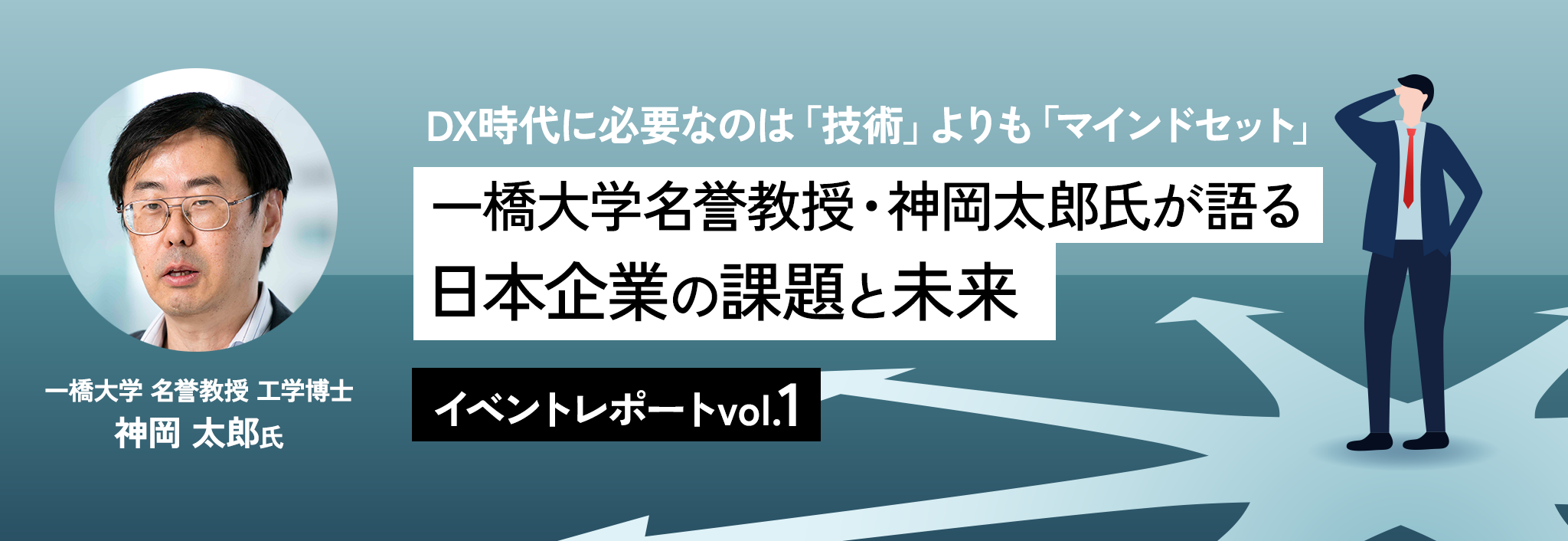
As DX (digital transformation) becomes a global trend, what is the optimal solution for Japanese companies?
"Japanese-style DX" is attracting attention as it goes beyond simply introducing systems and increasing efficiency, and instead promotes change by leveraging the strengths of the workplace.
At the "Executive Knowledge Sharing Forum- Surviving the accelerating pace of change in the world-Japanese-style DX combining artisanal knowledge and digital technology" held by Macnica on Wednesday, July 30, 2025, three speakers spoke about DX from their own perspectives and shared multifaceted perspectives on the Japanese way of DX.
In this article, we will present the contents of each lecture in three columns.
[Speaker information]
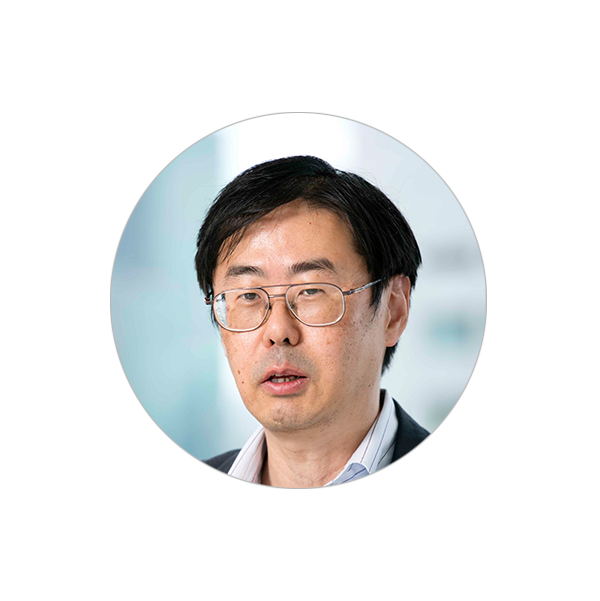
Professor Emeritus, Hitotsubashi University, Doctor of Engineering
Taro Kamioka
Introduction
Digital transformation (DX) is not simply the introduction of technology, but an effort to fundamentally change corporate culture and the mindset of employees. This issue was raised in a lecture by Taro Kamioka, Professor Emeritus at Hitotsubashi University.
Kamioka has long studied the relationship between management and technology at university, and said that in recent years he has been particularly focused on the theme of "mindset." Using examples he has seen and heard in the field and data from international comparisons, he emphasized the reasons why Japan is lagging behind in digital competitiveness and the importance of changing mindsets, which are essential for promoting DX in the future.
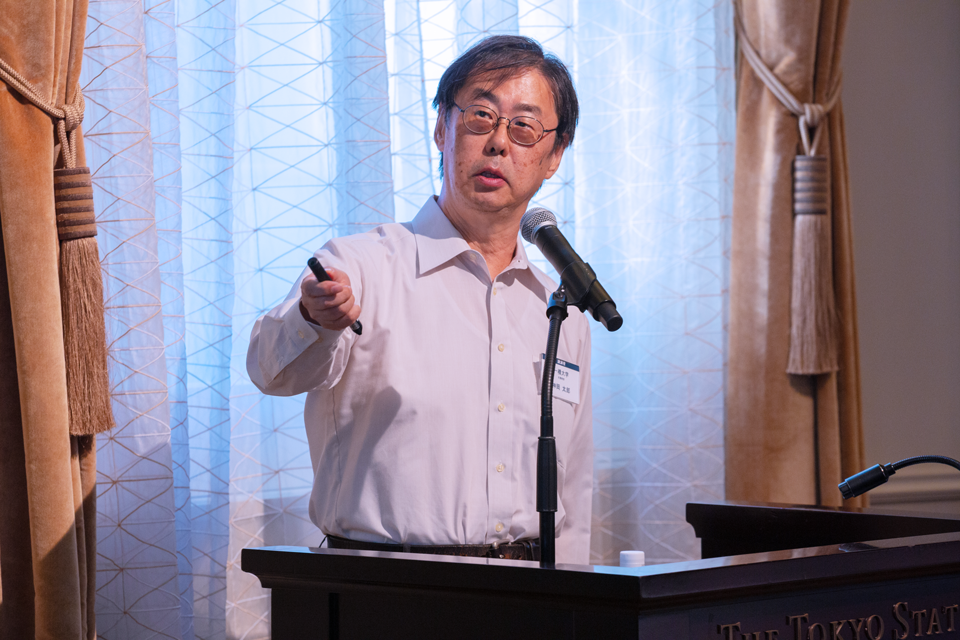
The progress of digitalization and Japan's lag
Kamioka began his lecture by introducing the cutting edge of digital technology around the world. For example, he cited the use of "digital twins," a technology that allows a Norwegian energy company to monitor and operate the status of valves on an oil drilling ship in real time using a mobile device. Operating the virtual space on a smartphone causes the real plant equipment to move in tandem. Kamioka said this scene, a few years ago, was one of the most shocking experiences he had ever witnessed. Examples like this demonstrate the fact that digital technology is no longer merely a tool for improving efficiency; it is transforming the very structure of industry. This change is evident when one looks inside a car, where analog devices are decreasing and digital devices are becoming the norm.
Meanwhile, Japan remains a "digital underdeveloped nation." In the "World Digital Competitiveness Ranking" by the Swiss business school IMD, Japan ranked 31st out of 67 countries, with a particularly harsh ranking of 67th in terms of human resource skills. In response to this result, Kamioka said, "We are paying the price for universities and other higher education institutions not providing sufficient education in computer science and other areas, especially when it comes to development personnel." In a ranking evaluating the digital readiness of the automotive industry, Japanese companies did not even make it into the top 15. This shows that despite a reputation for product quality, Japan is lagging behind in creating added value through digital technology.
It's more a question of mindset than skill
So why has Japan fallen so far behind? Kamioka cited problems with the "system" and "mindset" as the biggest factors.
"Digital transformation cannot be fully utilized if we remain focused on the idea that we are "doing DX" or "introducing AI." Rather, he emphasizes that the key is to achieve a state in which digital transformation is naturally incorporated into business operations, in other words, "DX as usual."
Of particular note is the difference in national mindset. While overseas companies and students are proactive in taking on new challenges, in Japan there is a strong tendency to "avoid failure" and hesitate to try new methods. Kamioka asserted, "It's not that our technical capabilities are inferior, but rather that our mindset is the problem."
Growth Mindset vs. Fix Mindset
The central theme of the lecture was the concepts of "growth mindset" and "fix mindset."
This concept, based on the research of psychologist Carol Dweck, posits that people with a growth mindset believe that their abilities will improve if they put in the effort, and they view challenges and failure as positive learning experiences. In contrast, people with a fixed mindset believe that their abilities are fixed and unchanging, and tend to perceive the success of others as a threat.
Drawing on his own experience, Kamioka spoke specifically about the differences in attitude between Japanese and overseas students. He shared an episode from when he taught at a Chinese university and was bombarded with questions by students for two hours. He felt that their enthusiasm and initiative created a huge gap compared to Japanese students. In Japanese classes, questions last only a few minutes at most, and he expressed a sense of crisis that this difference could directly affect future competitiveness.
Comparison with overseas companies: A culture that leads change
Overseas, there are many cases where corporate leaders themselves have adopted the "growth mindset" as a slogan and promoted company-wide cultural change. Microsoft CEO Satya Nadella is a prime example, having communicated both inside and outside the company that "we need a culture where everyone believes they can grow." This type of leadership is credited as a major factor in the company's revival.
Kamioka emphasized, "It is possible to foster a growth mindset for a relatively short period of time, but that alone will only be temporary. To make it take root in a sustainable way, it is necessary to establish it as an organizational culture."
Taking on the challenge of DX
Kamioka further described the current situation in Japanese companies as "forced DX." Even when companies conduct DX training, many employees feel "forced" and lack the willingness to take on the initiative.
The background to this is the high level of "loyalty" and low level of "engagement" in Japanese corporate culture. While employees faithfully follow their superiors' instructions, they have little desire to think for themselves and take on new challenges. This structure is believed to be hindering the promotion of DX.
A survey conducted by him also confirmed that people with a "digital growth mindset" who believe that "new value can be created by utilizing digital technology" tend to be more proactive in DX. In other words, differences in mindset are directly linked to the results of DX.
The starting point of DX is "mindset" and "culture"
In closing his speech, Mr. Kamioka said:
"The new era of digital transformation should begin with a transformation of mindset and culture, not technology itself."
In other words, the message is that before taking measures such as introducing digital tools or revamping systems, it is essential for each employee to have a "culture that enjoys taking on challenges."
DX is not simply the introduction of technology to improve efficiency, but a change in mindset that will allow companies and their employees to carve out the future. This perspective will likely be the key to the greatest growth for Japanese companies going forward.
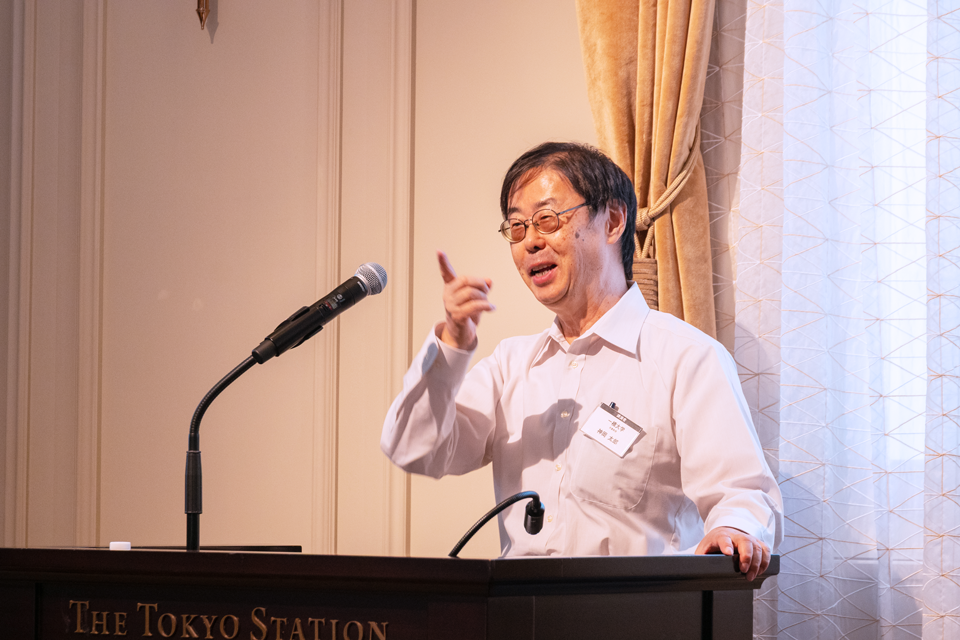
in conclusion
Kamioka's lecture highlighted the fundamental obstacles Japanese companies face in promoting digital transformation, which are not a lack of technical capabilities but rather a problem of mindset and culture.
How can we foster a "growth mindset" that allows people to continue learning without fear of challenges? Whether or not we can seriously address this question will determine the future direction of the Japanese economy.
This series looks at Japanese-style DX from multiple angles. In the next installment, we will report on a lecture by Hiroyuki Kowase, CIO (Information and Communications) at Ebara Corporation.
We take a look behind the scenes to see how DX is being implemented in actual workplaces.
▼You can view it here▼
